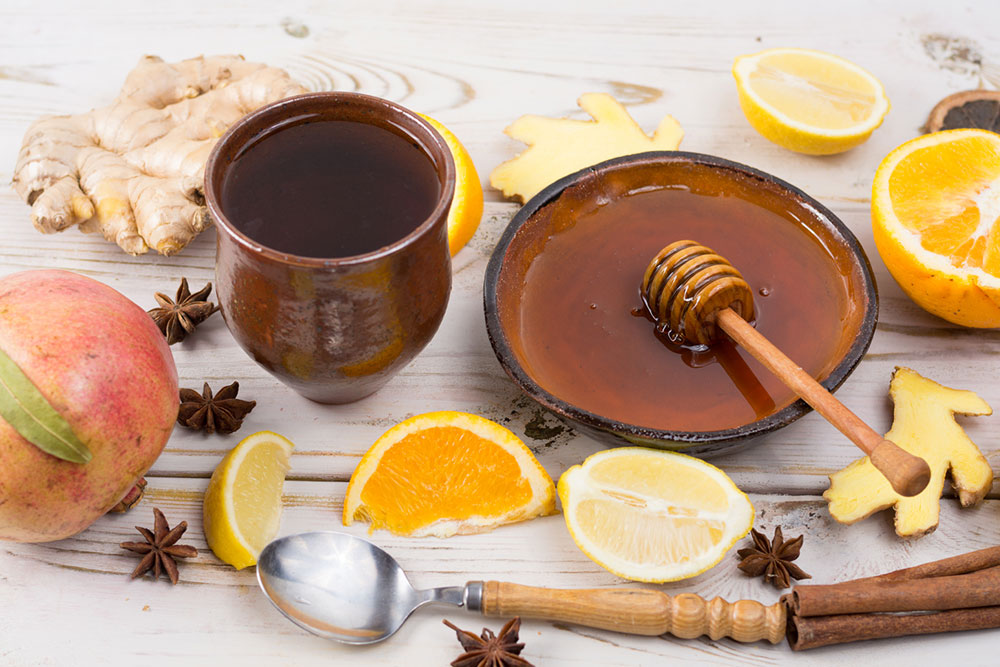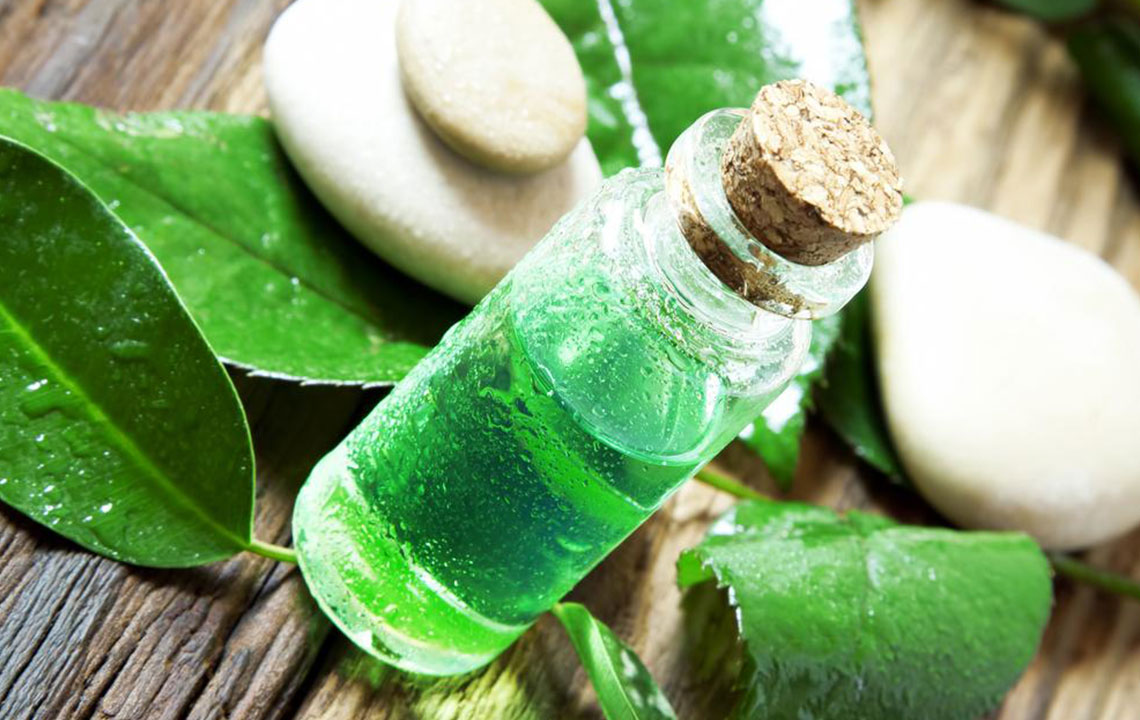Comprehensive Natural Approaches to Relieve Root Canal Pain Effectively
Discover comprehensive natural strategies to alleviate root canal discomfort effectively. This extensive guide covers symptoms, causes, and proven home remedies like garlic, olive oil, cucumber slices, and more. Learn how these safe, side-effect-free solutions can reduce inflammation, fight infection, and provide immediate relief post-procedure. Ideal for those seeking natural pain management options, this article offers practical advice to support faster healing and maintain oral health. Perfect for anyone dealing with root canal sensitivity or pain, ensuring comfort and recovery at home with trusted natural methods.

Comprehensive Natural Approaches to Relieve Root Canal Pain Effectively
The innermost core of a tooth features a hollow canal, known as the pulp chamber, which houses nerves, blood vessels, and connective tissues that sustain the tooth’s vitality. This canal extends from the crown down through the root, providing essential nourishment and sensation. When this area becomes infected or inflamed, it often necessitates a dental intervention called a root canal treatment to eliminate infection, remove decayed tissue, and preserve the natural tooth. However, post-procedure discomfort and pain are common concerns among patients, prompting many to seek effective relief methods that can be safely applied at home.
Root canal therapy addresses dental decay and infections affecting the pulp tissue, but the healing process can involve residual pain, swelling, or sensitivity. While conventional medication offers relief, many individuals prefer natural remedies to manage discomfort, minimize side effects, and support overall oral health. This comprehensive guide explores various natural strategies to alleviate root canal pain, identify symptoms early, understand underlying causes, and promote faster recovery through safe, effective home remedies.
Recognizing the Symptoms of Root Canal Discomfort
Detecting early signs of root canal-related pain is crucial for timely intervention and effective management. Common symptoms include persistent throbbing or sharp pain localized to the affected tooth, which often worsens with biting, chewing, or thermal sensitivity. Tenderness when applying pressure and swelling in the surrounding gums can also indicate underlying infection. Ignoring these symptoms can lead to worsening pain, spread of infection, or even systemic complications.
If you experience any of the following signs, seek immediate dental consultation:
Discomfort or pain when consuming hot or cold foods and beverages
Visible redness, swelling, or tenderness in the jaw area
Swelling around the gums or facial swelling
Chronic or escalating pain in the affected dental region
Understanding the Root Causes of Root Canal Pain
Determining the root cause of your discomfort helps in selecting the most suitable remedy and ensures effective treatment. Several factors can contribute to persistent root canal pain:
Trauma from biting or chewing hard foods that causes microfractures or damage to the tooth structure
Dental injuries resulting from accidents affecting the teeth or jaw, which may lead to pulp damage
Progressing or untreated gum infections that have spread to the root canal system
Decay beneath or around existing dental restorations like metal fillings, leading to secondary infections and pain
Natural Remedies to Alleviate Root Canal Pain
Numerous natural solutions can help ease root canal discomfort effectively and safely. These remedies often work by reducing inflammation, disinfecting the area, and numbing nerve endings, providing relief without adverse side effects. Below are some of the most recommended natural approaches:
Garlic and Onion Extracts
Both garlic and onion possess potent antibacterial and anti-inflammatory properties. Chewing fresh garlic cloves or onions can help disinfect the infected area and reduce pain. Alternatively, juicing garlic and onion and mixing with a small amount of sugar creates a potent natural solution for topical application or mouth rinse. Their active compounds, such as allicin and quercetin, help combat bacteria, relieve inflammation, and promote healing.
Olive Oil
Applying a cotton ball soaked in extra virgin olive oil directly onto the affected tooth can deliver quick anti-inflammatory effects. Olive oil contains antioxidants and healthy monounsaturated fats that help soothe irritated tissues and reduce swelling. This simple, natural approach provides immediate comfort and supports natural healing processes.
Cucumber Slices
Slices of fresh cucumber are an excellent natural remedy for pain relief. Their cooling effect reduces inflammation, and their gentle texture soothes sensitive nerve endings. Placing cucumber slices on the affected area for several minutes can help diminish discomfort without any risk of adverse reactions.
Alcohol-Based Mouthwashes or Gargles
Using small amounts of alcohol-containing mouth rinses or mouthwashes, such as those with ethanol, can help disinfect the oral cavity and reduce bacterial load. Gargling with a diluted alcohol-based rinse after meals helps in maintaining oral hygiene, preventing further infection, and alleviating pain. However, since alcohol can be drying, it should be used cautiously and in moderation.
Salt Water Gargle
A simple yet highly effective remedy involves dissolving a teaspoon of common salt in a glass of warm water. Gargling with this saline solution multiple times a day helps reduce inflammation, flush out debris, and combat bacteria. This natural antiseptic promotes healing and provides relief from persistent pain.
Cold Compress
Applying an ice pack wrapped in a cloth to the swollen or painful area effectively reduces inflammation and numbs nerve endings, providing immediate pain relief. Use the cold compress for about 10-15 minutes at a time, with breaks in between, to prevent frostbite and maximize comfort.
Dietary Adjustments — Focusing on Liquid Foods
During acute pain episodes, eating soft, liquid foods minimizes further irritation to the affected tooth. Smoothies, broths, or lukewarm soups are ideal, avoiding extremely cold or hot beverages to prevent sensitivity. Maintaining proper hydration and nutritional intake supports quicker recovery and overall oral health.
In addition to these remedies, maintaining excellent oral hygiene practices, such as gentle brushing, flossing, and avoiding sugary or acidic foods, further supports healing. Regular dental visits are essential for monitoring progress and ensuring that the infection has resolved completely.
Overall, these natural approaches provide safe, side-effect-free options to manage dental discomfort following a root canal, enhance healing time, and improve quality of life during the recovery process. Always consult your dentist before starting new remedies, especially if symptoms worsen or persist beyond a few days.





